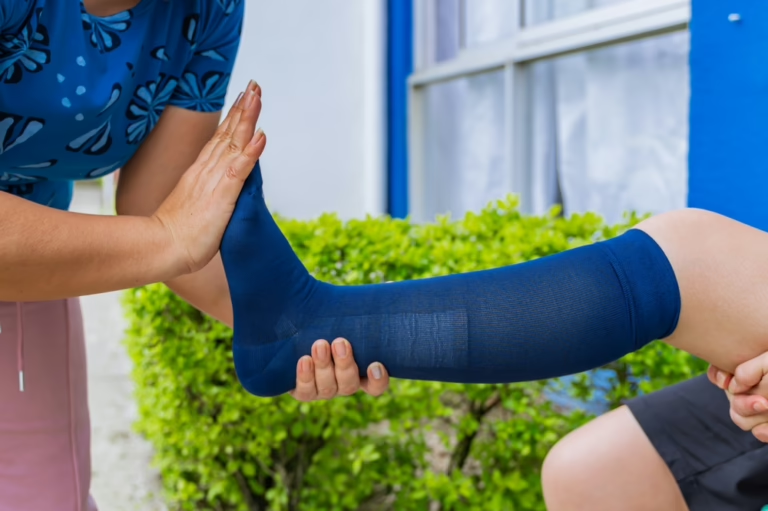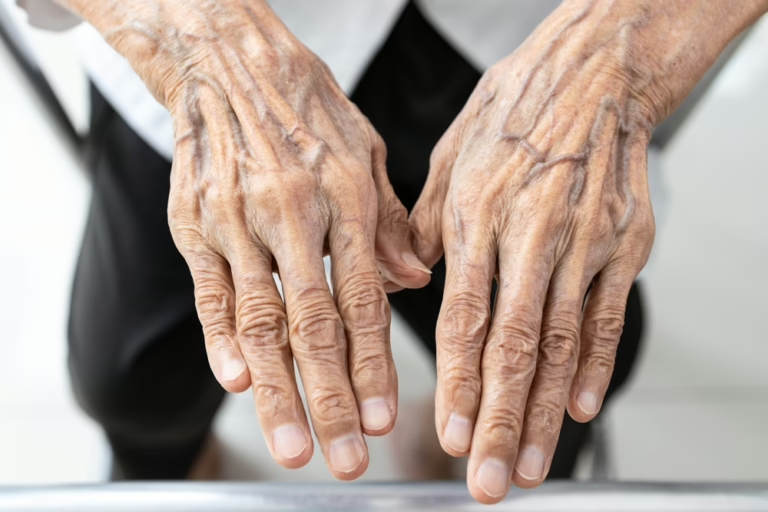
Vulvar varicosities are a complication of pregnancy. They are varicose veins on the outer female genitalia (vulva).
Why do women get vulvar varicosities? There is increased blood flow to the pelvic region during pregnancy. This only makes sense. The baby requires blood flow to receive nutrients.
Additionally, hormone changes lead to a weakening of the walls of the veins in the vulva. This effect doesn’t only occur in the vulva. It’s one of the reasons women get varicose veins in the legs during pregnancy.
This combination of more blood flowing through the veins and a decrease in the strength of the vein wall causes the veins in the vulva to grow in size, yielding vulvar varicosities. The veins become swollen and can look like a rope.
The good news is that these won’t affect your pregnancy. You should deliver in a normal fashion, without any additional bleeding. The added good news is that they will go away on their own after you deliver. It will take up to two months, but they should resolve completely. If they don’t then you need to see a phlebologist (vein specialist).
The bad news is that they can be uncomfortable.
In addition to visible twisted or swollen veins, another main symptom of vulvar varicosities is a pain in or around the genitals.
The area may feel tender and sore, like a bruise. Some other symptoms include:
- a feeling of pressure or fullness in the genitals
- swelling in or around the genitals
- pain that gets worse after standing, sexual activity, or physical activity
The veins can also affect the perineum, the area between the vagina and anus. Some women with vulvar varicosities also develop hemorrhoids.
There is no specific treatment for vulvar varicosities.
Ways to prevent the veins from getting worse include:
- avoiding sitting or standing for long periods
- change positions frequently
- avoiding wearing high heels or any shoes that are uncomfortable and put pressure on the lower body
- sleeping with the hips slightly elevated to prevent blood from pooling in the area
- drinking plenty of water
Techniques for reducing pain include:
- applying ice or heat to the area
- wearing supportive pregnancy underwear, such as compression and support stockings
- sleeping on the left side in pregnancy to place less pressure on the vena cava
Vulvar varicosities are a very intimate problem. Some women are unwilling to talk about the symptoms. But it is best to see your doctor. She can usually diagnose the problem by just looking at the area. She also will tell you some of the simple techniques mentioned above and reassure you that there is nothing serious going on.
Good luck with your pregnancy!!



